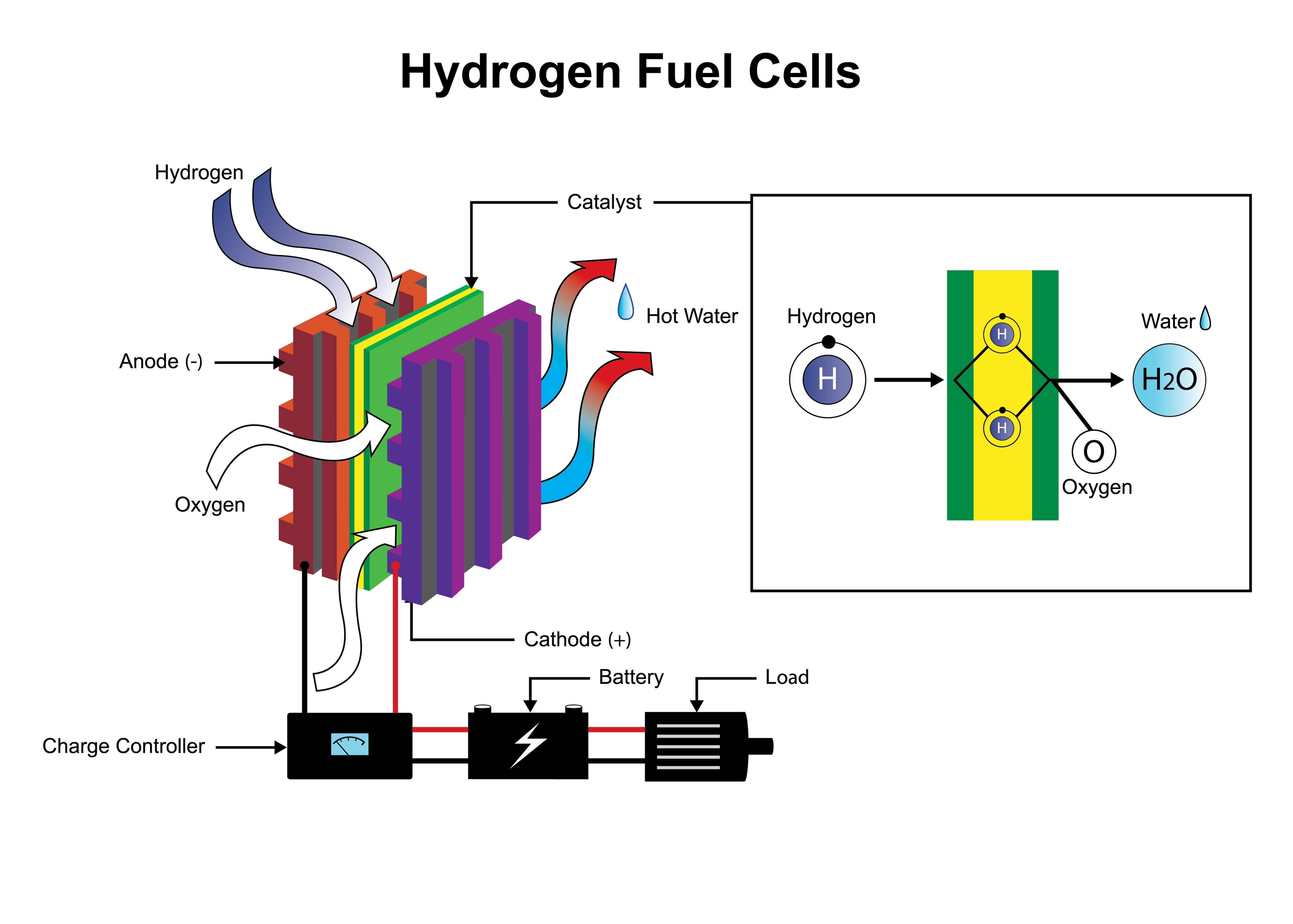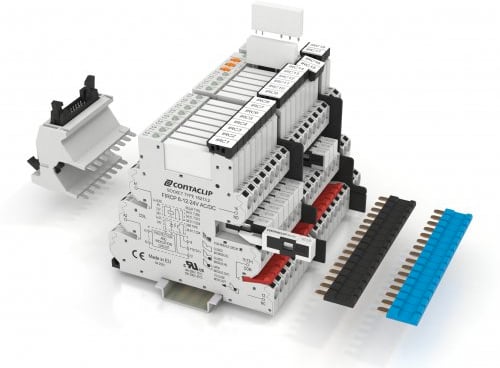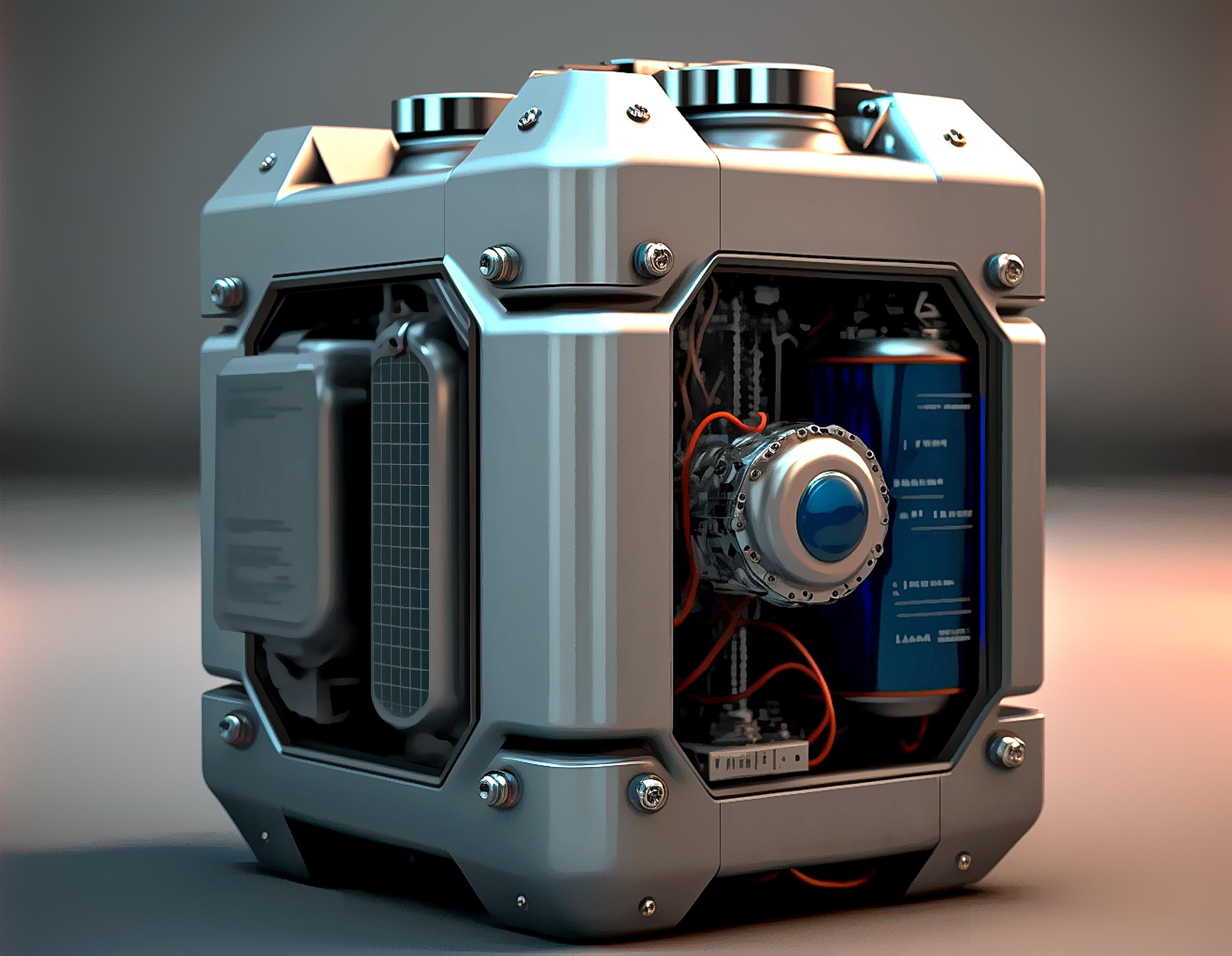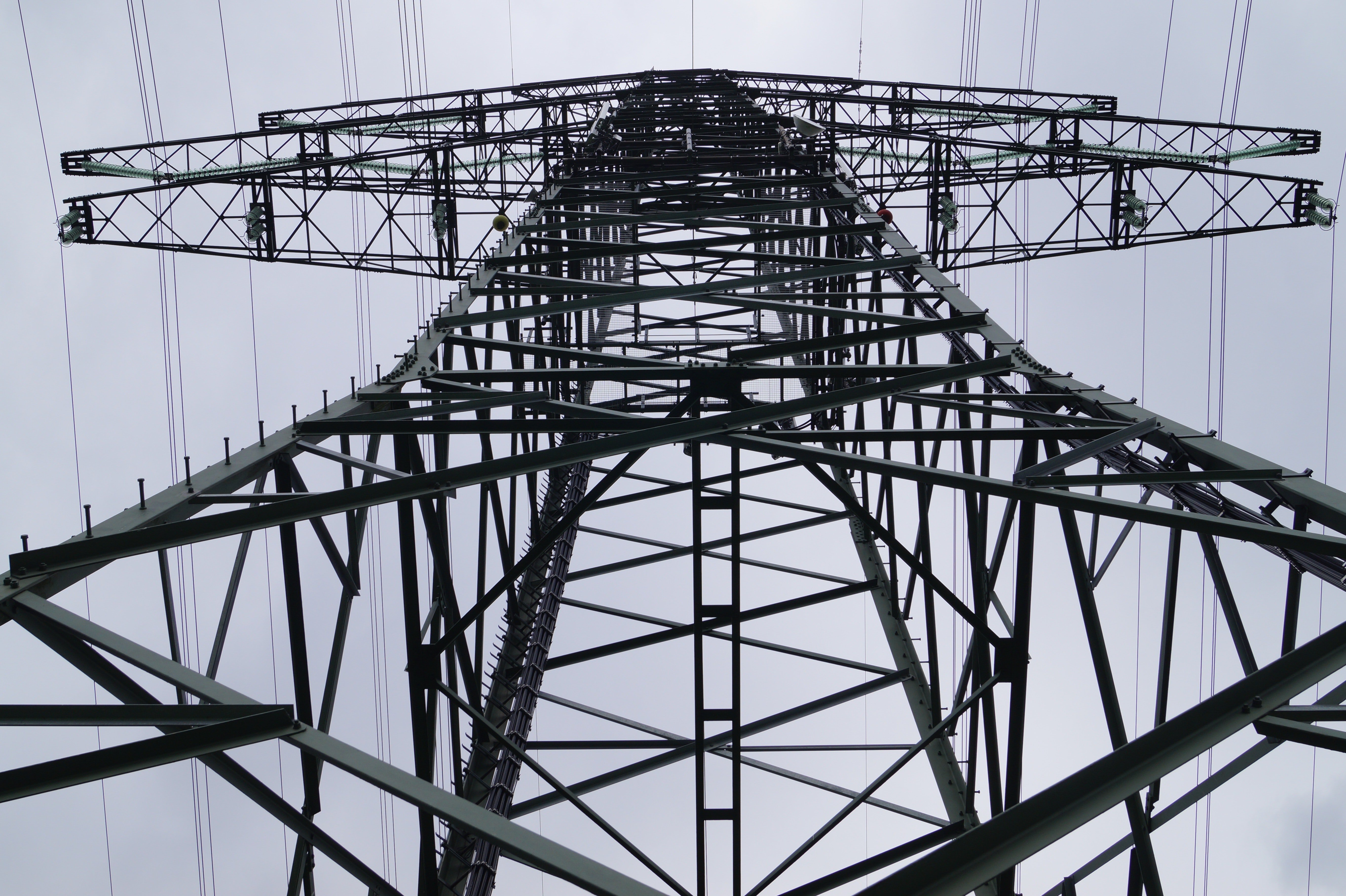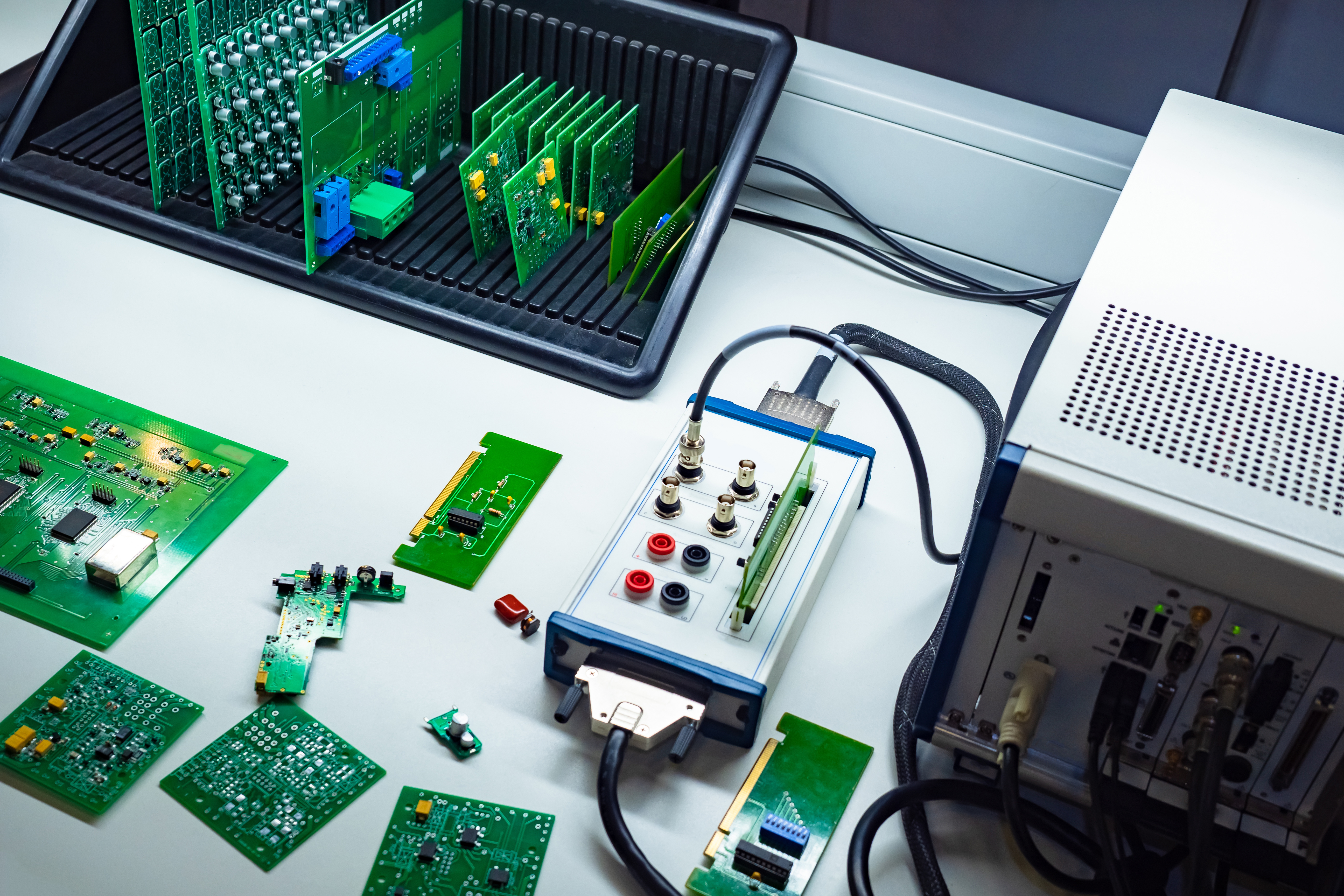The world is transitioning to a more sustainable future. And fuel cells could be a big part of that transition. Fuel cells offer a clean energy source that is renewable, efficient, and cost-effective. In this article, we’ll explore how fuel cells could power our future and the challenges that come with them.
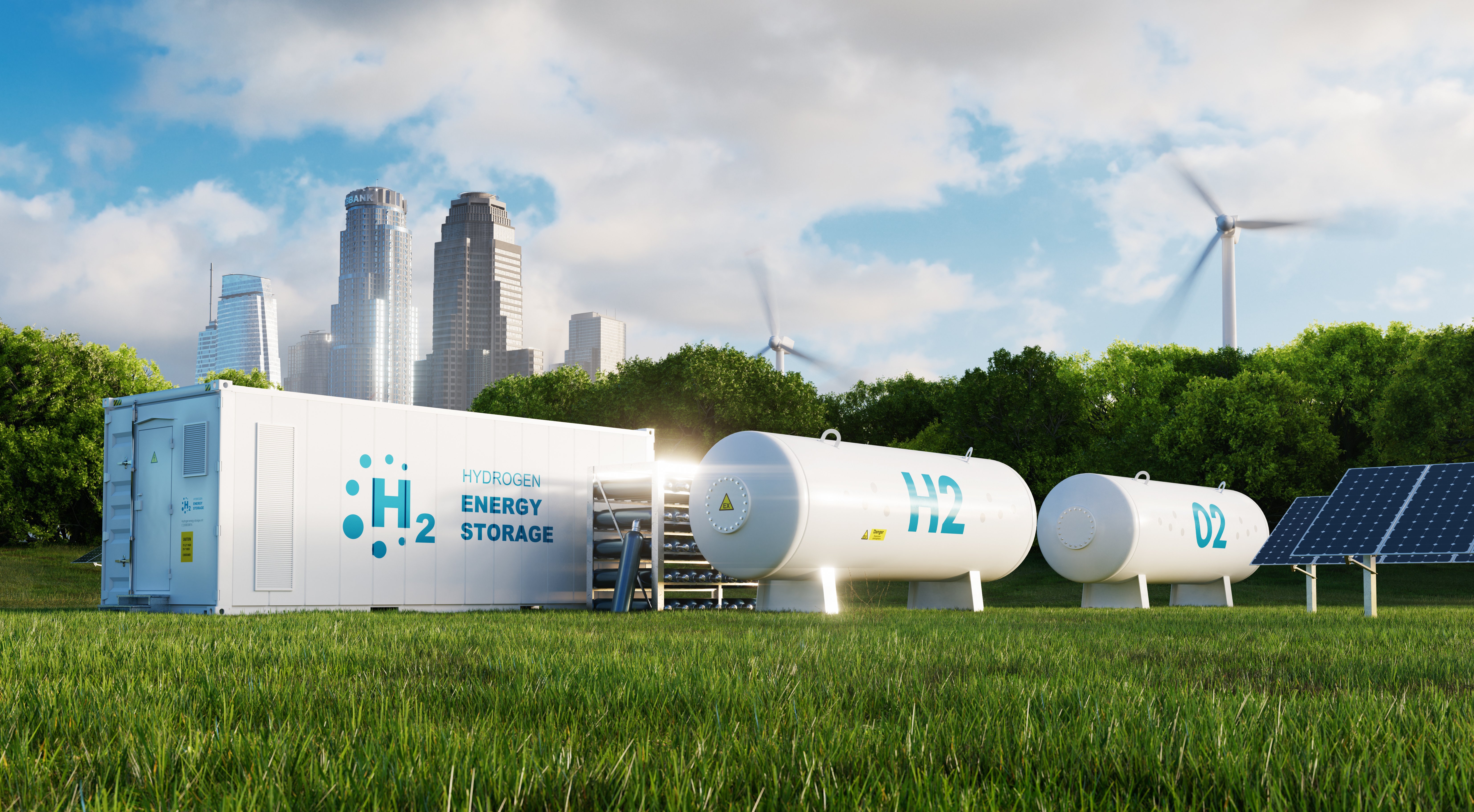
How Fuel Cells Could Power Our Future
Fuel cells are energy storage technology that uses a chemical reaction to generate electricity. They are clean and efficient and can power everything from cars to homes. Fuel cells are also renewable, producing energy without burning fossil fuels.
The potential of fuel cells is immense. With their ability to generate electricity without burning fossil fuels, fuel cells could help reduce our reliance on non-renewable energy sources and pave the way for a more sustainable future.
Fuel cells have been around for over a century, but only recently have they gained traction in mainstream applications. This is mainly due to technological advancements, which have made fuel cells more efficient and cost-effective.
History of Fuel Cells
The concept of fuel cells was first proposed in the 1800s by the chemist Sir William Robert Grove. He suggested that it was possible to generate electricity by combining hydrogen and oxygen, and in 1839 he built the very first fuel cell. Since then, fuel cells have come a long way.
In the early 20th century, fuel cells were used to power submarines and space shuttles. The first fuel-cell car was developed in 1966, and the United States built the first fuel-cell power plant in the late 1980s. Since then, fuel cells have been used in various applications, from powering homes and businesses to powering vehicles.
Today, fuel cells are gaining more attention as a potential solution to the global energy crisis. They are used in various industries and are becoming increasingly popular as a clean and efficient energy source.
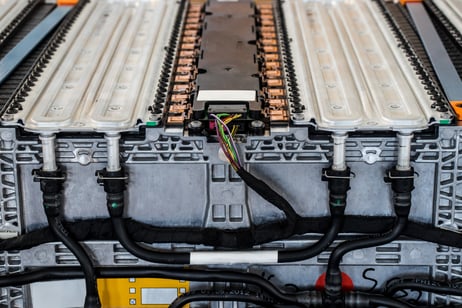
Types of fuel cells
There are several types of fuel cells, each of which has unique characteristics. The most common fuel cells are:
- Alkaline fuel cells.
- Phosphoric acid fuel cells.
- Molten carbonate fuel cells.
- Proton exchange membrane (PEM) fuel cells.
Alkaline fuel cells are the oldest type of fuel cell and were first developed in the 1950s. They use an alkaline electrolyte solution, such as potassium hydroxide, powered by hydrogen. They are often used in space exploration and have been used to power the Apollo spacecraft.
Phosphoric acid fuel cells use a phosphoric acid electrolyte and are powered by hydrogen or natural gas. They are the most common type of fuel cell used in stationary power plants and are often used to power buildings.
Molten carbonate fuel cells use a molten carbonate electrolyte and are powered by natural gas or a mixture of natural gas and hydrogen. They are the most efficient type of fuel cell and are often used in combined heat and power plants.
Proton exchange membrane fuel cells (PEMFCs) use a proton exchange membrane as their electrolyte and are powered by hydrogen. They are the most common type of fuel cell used in portable applications, such as cell phones and laptops, and are also used in cars and buses.
The Role of Electrolysis in Fuel Cell Technology
Fuel cells rely on a process known as electrolysis. This process involves using electricity to split water molecules into hydrogen and oxygen. The hydrogen is then used as fuel in the fuel cell, while the oxygen is released as a byproduct. This process is not only efficient but also clean, as it does not produce any harmful emissions.
The electrolysis process is an essential part of fuel cell technology. It is necessary for the efficient operation of the fuel cell and is used to generate the hydrogen gas needed for the fuel cell to operate. The electrolysis process can also create the oxygen necessary for the fuel cell to function.
Electrolysis is a vital part of fuel cell technology and is essential to the efficient operation of fuel cells. It is also a crucial part of the future of fuel cells and their potential to revolutionize the way we generate energy.
Hydrogen Fuel Cells
Hydrogen fuel cells are the most common type of fuel cell. They are the most efficient and cost-effective type of fuel cell. Hydrogen fuel cells work by combining hydrogen and oxygen to generate electricity. The process is clean and efficient and produces no harmful byproducts. The electricity generated can then be used to power devices.
The production of hydrogen fuel cells can be done through electrolysis or by using renewable energy sources. Renewable energy sources, such as solar or wind, can generate the electricity needed for electrolysis. This is a more sustainable option, as it doesn’t rely on fossil fuels.
As with any technology, there are challenges associated with hydrogen fuel cells. The most significant challenge is the cost. Hydrogen fuel cells are still relatively expensive to produce and require high amounts of energy to operate. Another challenge is storage. Hydrogen gas is highly combustible and must be stored in special tanks. These tanks are expensive and require special maintenance. Finally, there is the challenge of infrastructure. Hydrogen fuel cells need a network of fueling stations to be effective, thus a significant investment in infrastructure to make hydrogen fuel cells more widely available.
Benefits of Fuel Cell Technology
Fuel cells offer many benefits over traditional energy sources. First, they are much more efficient than conventional energy sources, as they can convert up to 80% of the energy from the fuel into electricity. This makes the fuel cell a much more efficient energy source than traditional sources.
They are much cleaner than traditional energy sources; fuel cells produce no emissions, making them an attractive alternative to conventional energy sources. This makes them a viable option for reducing our reliance on fossil fuels and our environmental impact.
Additionally, fuel cells can be used in a variety of applications. For example, fuel cells can be used to power homes and businesses, as well as to power vehicles. This makes them an attractive alternative to traditional energy sources in various settings.
The Future of Fuel Cells
The potential of fuel cells is immense. They offer a clean and efficient way to generate electricity without burning fossil fuels. They are also renewable, which can help reduce our reliance on non-renewable energy sources.
The challenge now is to make fuel cells more cost-effective and widely available. To do this, we must invest significantly in technology, infrastructure, and education to grow the fuel cell industry. But with proper planning and investments, fuel cells could help power a more sustainable future.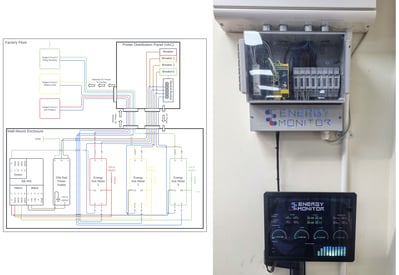
You can read more about fuel cell manufacturing here.
Reach out to us to discuss your specific needs, and we will provide you with our solutions for fuel cell technology! Our team of experts will work with you to create a plan that fits your needs and budget. We can help you unlock the potential of fuel cell technology and create a more sustainable future.

